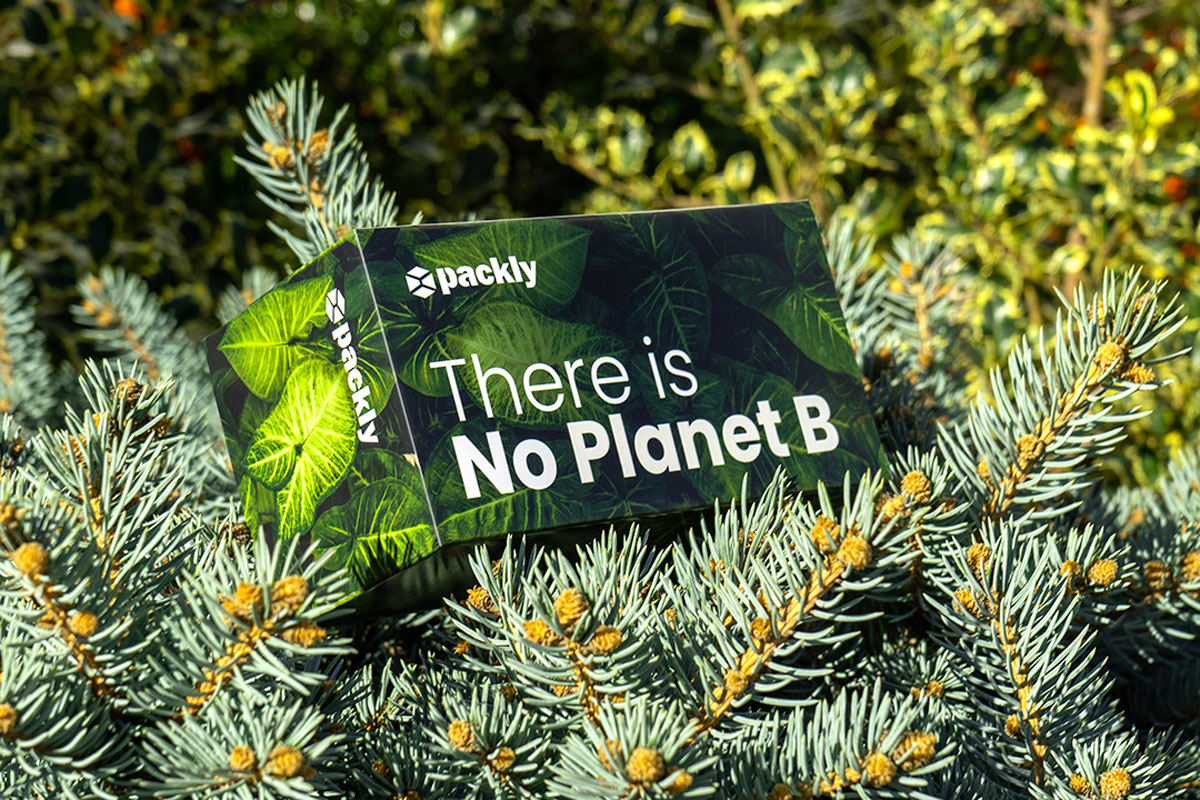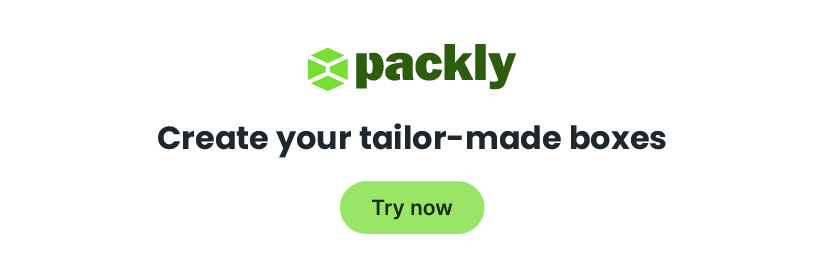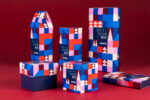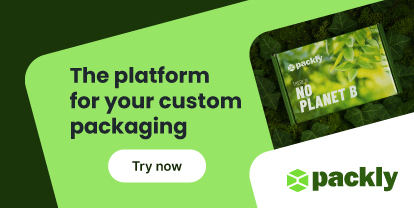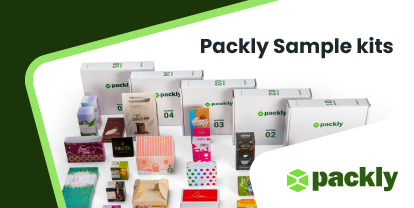For several years now, the concept of “sustainable packaging” has evolved from a mere trend to an emerging necessity in response to the urgent call for more environmentally friendly solutions.
This is why businesses across all sectors are revisiting their strategies to choose more ecological packaging options.
This shift not only aims to lessen the environmental impact but also serves as a strategic lever to meet the expectations of an increasingly demanding market.
Through concrete examples and recent data, we will explore together the emerging trends, tangible benefits, and strategies for effectively implementing sustainable packaging solutions in your business.
Here’s a brief overview of what we’ll cover in the article:
- What is sustainable packaging?
- What are the characteristics of ecological packaging?
- What are the most commonly used materials for more sustainable packaging?
- Why choose ecological packaging?
- Sustainable packaging: examples of brands that have gone green
- The future of packaging is sustainable
What is sustainable packaging?
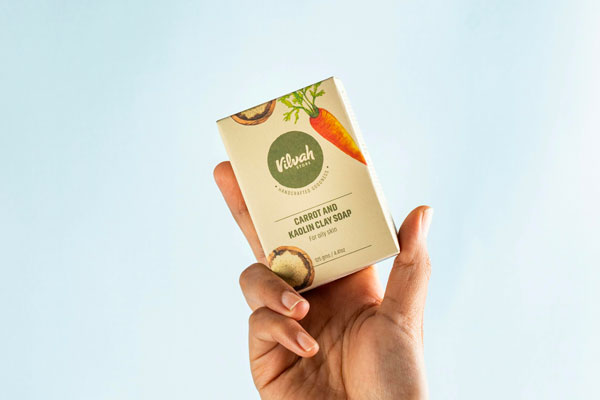
You’ve likely heard about alternatives to plastic and eco-friendly solutions to the packaging problem. But do we truly understand what “sustainable packaging” means
Sustainable packaging is much more than a marketing label.
It signifies a genuine commitment to reducing environmental impact through responsible resource use and the choice of eco-compatible materials.
It refers to materials, designs, and practices aimed at minimizing the environmental impact of packaging throughout its entire lifecycle, from production to disposal.
What are the characteristics of ecological packaging?
The key factors of ecological and responsible packaging focus on balancing product protection, consumer satisfaction, and environmental impact reduction, promoting practices that support the health of the planet and communities.
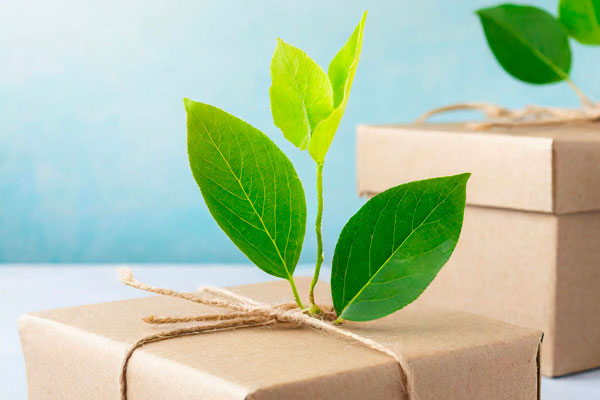
The main characteristics can be summarized as follows:
- Ecological materials: Utilizing biodegradable, compostable, recycled, or renewable-source materials such as recycled paper, cardboard, glass, bioplastic, or biopolymer.
- Packaging reduction: Minimizing material use through efficient design and optimization of packaging size and weight to reduce waste and resource consumption.
- Reusability: Designing packaging that can be reused or refilled to extend its life cycle and reduce waste generation.
- Recyclability: Using materials that can be easily recycled and reintegrated into the production cycle to reduce waste pollution and conserve natural resources.
- Environmental sustainability: Reducing the environmental impacts of the packaging’s entire lifecycle, including production, logistics, transportation, use, and disposal.
What materials are most commonly used for more sustainable packaging?
Various types of sustainable packaging are used by companies to enhance their products.
Examples include cardboard boxes, biodegradable bags, and containers made from plant or food-based materials.
But what are the most common materials?
The most commonly used materials for sustainable packaging include:
- Paper from sustainably managed forests or recycled paper
- Recyclable corrugated cardboard
- Compostable bioplastics
- Renewable raw materials
Why choose ecological packaging?
The added value of sustainable packaging is clear not only as an ethical imperative but also as a winning business strategy.
Let’s look in detail at the advantages of choosing green packaging.
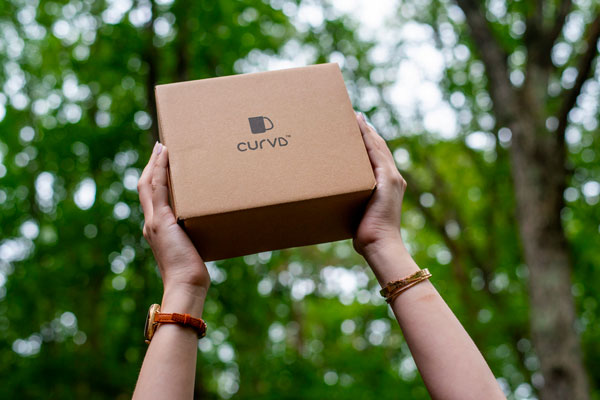
Environmental benefits: reducing carbon footprint
Adopting sustainable packaging is both an ethical and strategic choice of paramount importance for reducing the packaging industry’s ecological footprint.
By using renewable, recycled, or easily recyclable materials, and reducing the weight and volume of packaging, companies can significantly decrease the use of non-renewable resources and waste production, leading to an overall reduction in CO2 emissions.
Furthermore, it helps minimize packaging weight and volume, avoiding overpackaging, and offers a competitive advantage by improving the company’s image and responding to the growing demand for eco-friendly solutions.
Economic benefits: long-term cost efficiency
Although transitioning to more sustainable packaging may require initial investments in research and development of new materials or production processes, it can lead to significant long-term economic savings.
Resource optimization and waste reduction translate into cost efficiency, which, coupled with tax incentives for sustainable practices, can improve business profitability.
Being proactive in sustainability can also position a company advantageously, reducing the risk of facing unexpected costs to comply with future regulations.
Moreover, positioning in a growing market like that of sustainable products opens new business opportunities and allows companies to access consumer segments willing to pay a premium for products that reflect their ethical and environmental values.
Brand benefits: improved brand perception and consumer loyalty
In an increasingly competitive market, sustainable packaging offers brands a chance to stand out by enhancing their corporate image and forging a stronger connection with consumers.
This is because the growing awareness and environmental sensitivity among consumers have led to a rising demand for products that reflect values of sustainability and responsibility.
Once a company meets ecological expectations without resorting to greenwashing tactics, consumers are more likely to establish a trust and loyalty relationship.
Moreover, it’s crucial to communicate the sustainable practices a company adopts. For instance, if a company utilizes renewable energy in its production processes or actively engages in reducing CO2 emissions, as we do here at Packly, it’s vital to let customers know.
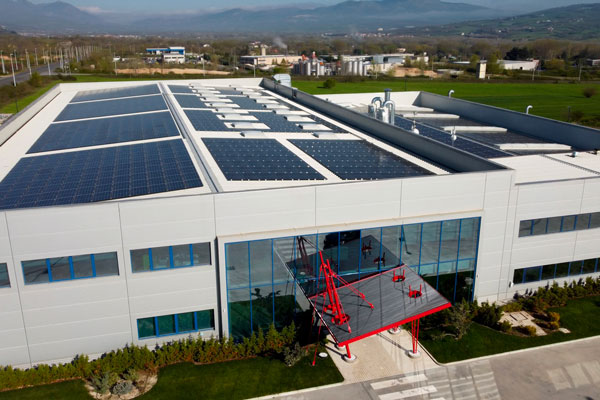
It’s no coincidence that the latest update from the Nomisma Consumer Packaging Observatory shows that 40% of Italians will increase their purchases of food and beverage products with sustainable packaging in the next 12 months.
Additionally, increasingly stringent environmental regulations, such as the European Union’s green legislation aiming to reduce net greenhouse gas emissions by at least 55% by 2030, push companies to invest in innovative packaging solutions to remain competitive and compliant.
Sustainable packaging: examples of brands going green
Let’s now look at some significant examples of companies that have embarked on innovative paths in the field of sustainable packaging.
With their adoption of eco-friendly practices, they have demonstrated the ability to transform production processes, consumer relationships, and the impact on the planet.
H&M and sustainability
In the fashion industry, H&M CEO Helena Helmersson stated that the company’s goal is to become fully sustainable by 2040, reducing absolute water consumption, ensuring wastewater quality, and contributing to the global goal of having a positive impact on nature.
Among the initiatives undertaken, the introduction of packaging made from recycled paper instead of the traditionally used plastic, especially for online sales, stands out.
San Carlo and its Veggie line
San Carlo introduced the Veggie Good line, which, in addition to presenting itself as healthy and tasty to the consumer, leverages sustainable packaging made from recyclable paper, certified by FSC®.
This choice not only meets the demands of a market increasingly oriented towards “free form” and vegan-friendly products but also underscores the importance of using environmentally respectful packaging.
Barilla and the use of recycling
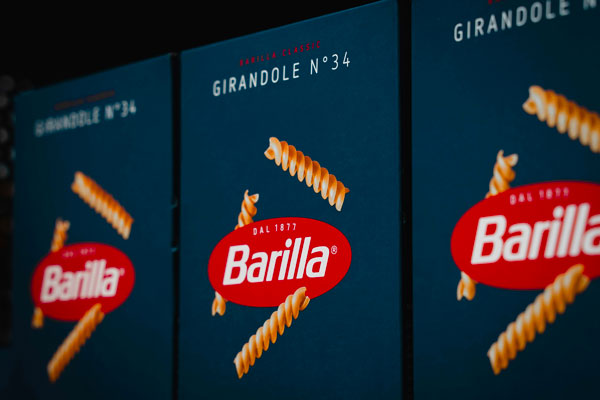
On World Recycling Day, Barilla collaborated with Marie Kondo to create tutorials on how to effectively fold used items so they can fit into Barilla boxes of various sizes.
By showcasing the reuse of packaging for shipments, the company emphasizes the importance of the circular economy.
McDonald’s and the green turn
Then there’s the fast-food giant, McDonald’s, which has embarked on a significant path towards sustainable packaging, committing to reducing the environmental impact of its operations.
The multinational has set the goal of making 100% of its packaging come from renewable, recycled, or certified sources by 2025.
The future of packaging is sustainable
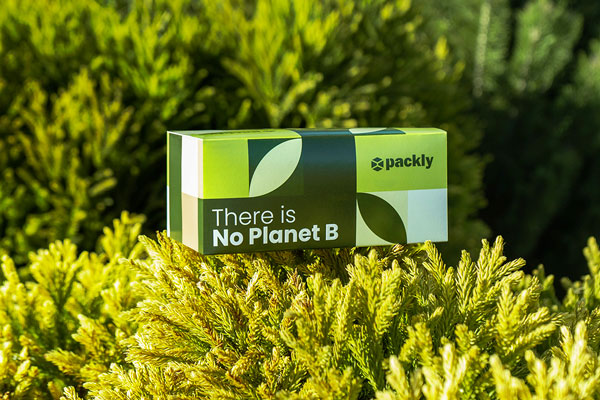
Through exploring the fundamental principles of sustainable packaging, innovations in the field, and concrete examples of success, it’s clear how this issue has become not only a choice of responsibility but also a strategic opportunity for companies responding to the green needs of consumers.
In conclusion, the present and future of packaging are undeniably green and increasingly oriented towards the circular economy of reuse and recycling.
If you also want to choose sustainable packaging for your company’s products but don’t know where to start, you’re in the right place!
Discover Packly’s eco-friendly boxes and subscription plans: you’ll find everything you need to shift your company towards the green side, starting with packaging.
